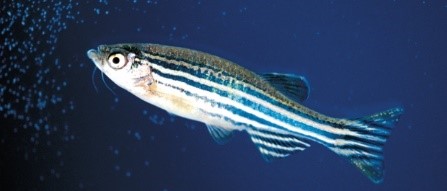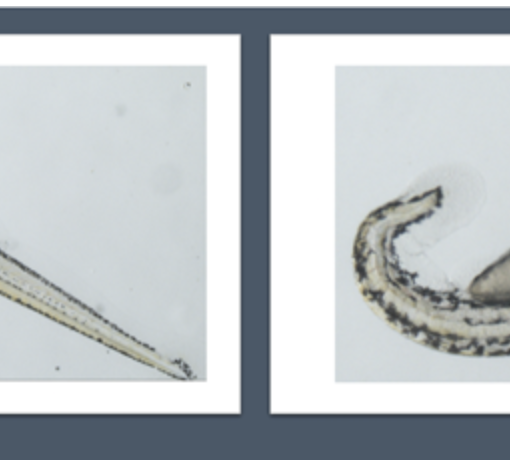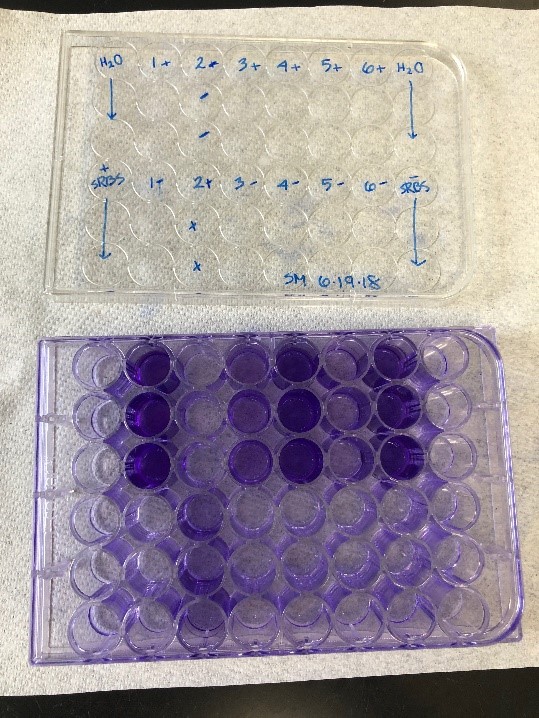By Talia Shoval, Summer Intern with Dr. Ed Levin’s lab and the Neurobehavioral Toxicity Core
Before I was a superfund intern, I was a preschool teacher, a babysitter, and a camp counselor. Basically, I was “Captain Childcare”. As part of Dr. Ed Levin’s lab and the Neurobehavioral Toxicity (NBTA) Core, I spent every day working with zebrafish, and at first I was out of my element. What does a baby have in common with a fish, anyways? As I found out, they share quite a lot! For starters, they’re both needy, hungry, cute and little. But what really interested me were the childhood development implications of my zebrafish research.
In the NBTA core, we study the neurobehavioral effects from exposure to many chemical compounds. Some of these compounds are, or have the potential to be toxic in our environment and in our homes. This summer I investigated the flame retardant tris-(2-chloroisopropyl)-phosphate (TCPP), particularly its impact on behavior in baby zebrafish. From fertilization, to embryo, to larva (teeny-tiny baby fish), these creatures lived and grew in TCPP treated water. After a week of exposure, we gave the larva a “light/dark” test. Basically, the test measured the fish’s ability to move around its tank when the lights go on and off. The test can show how the fish responds to a change in stimuli—limited movement or excess movement can indicate an overall change in behavior, potentially caused by TCPP exposure.

TCPP and other flame retardants are commonly found in items like couches, car seats, and mattresses. Although flame retardants start within these products, they can gradually find their way out. Once they do, they can accumulate in household dust. Dust accumulates pretty much everywhere (I can vouch for this as a college student without much time to clean). Human babies spend a lot of their time sitting and crawling, and naturally breathe in dust that has settled on floors. Additionally, every baby I’ve met puts anything and everything they can into their mouths; including dust covered toys and hands.
Although structurally, baby zebrafish and baby humans are completely different, if a toxicant can affect a fish brain, it has the potential to affect a human brain. This internship has shown me that scientific research can serve a broader purpose. Even as Captain Childcare, I see that research still applies to my life, the lives of the children I care for, and the lives of future children.





